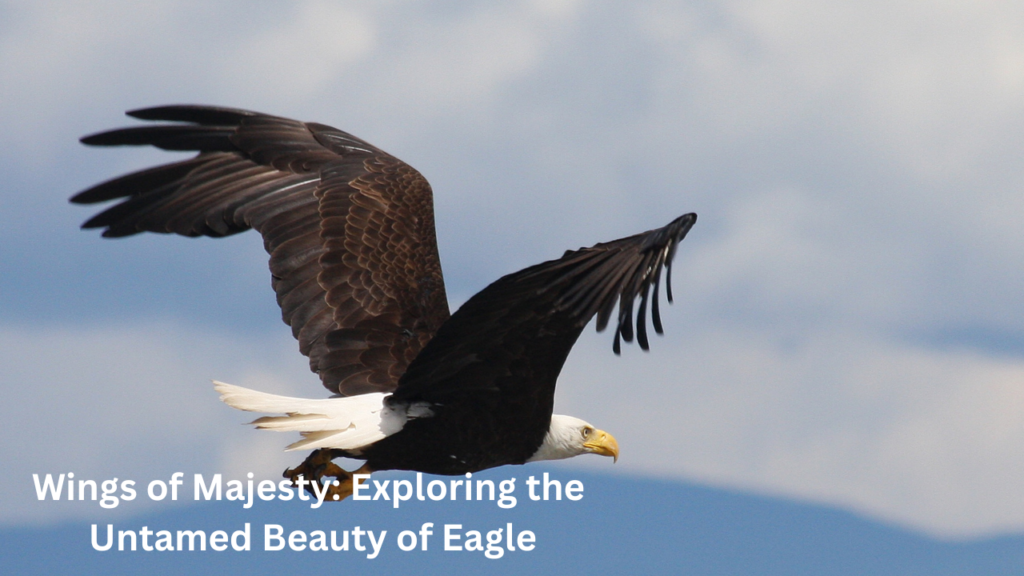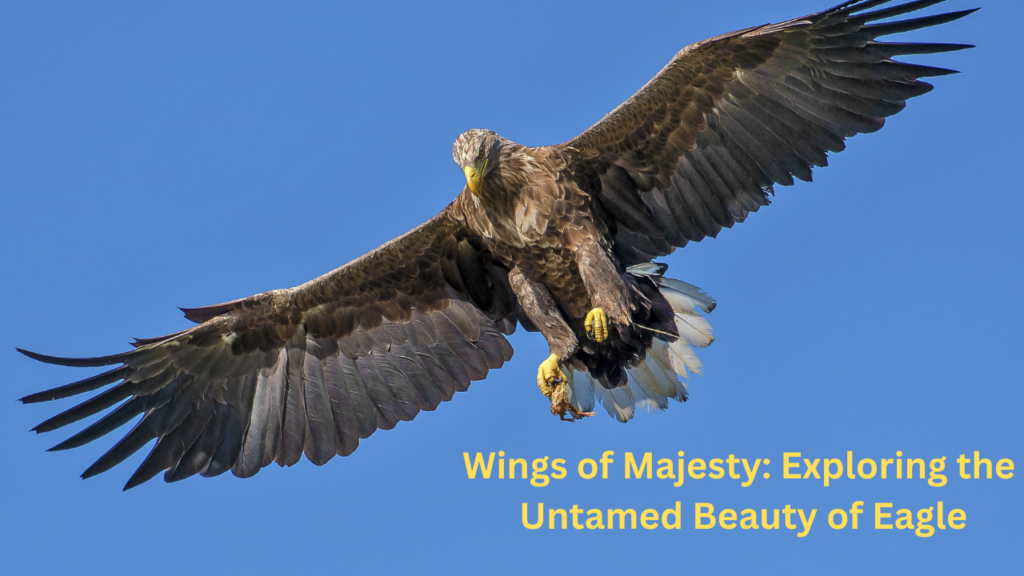Wings of Majesty: Exploring the Untamed Beauty of Eagles
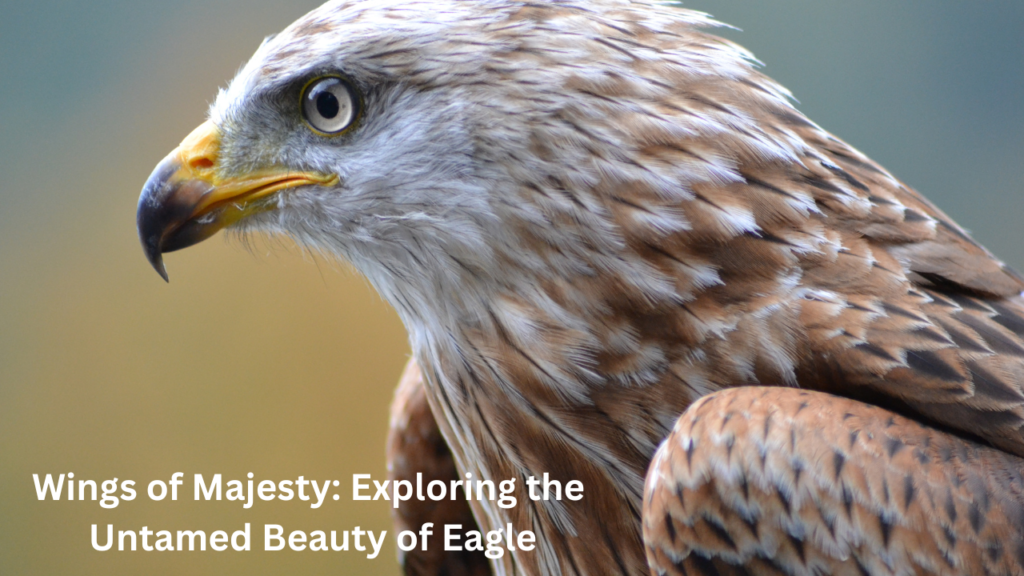
Introduction:
Eagles, the epitome of avian majesty, are among the most captivating and revered birds of prey in the world. With their impressive wingspans, powerful talons, and keen eyesight, these regal raptors command both the skies and the imaginations of those who observe them. In this comprehensive guide, we will delve into the diverse world of eagles, exploring their different species, behaviors, habitats, diets, and the critical role they play in maintaining ecological balance.
Species of Eagles:
Eagles belong to the Accipitridae family and are found on almost every continent. There are over 60 species of eagles, each with its own unique characteristics. Among the most iconic are the Bald Eagle (Haliaeetus leucocephalus) in North America, the Golden Eagle (Aquila chrysaetos) spanning North America, Europe, and Asia, and the African Fish Eagle (Haliaeetus vocifer) gracing the waterways of Africa.
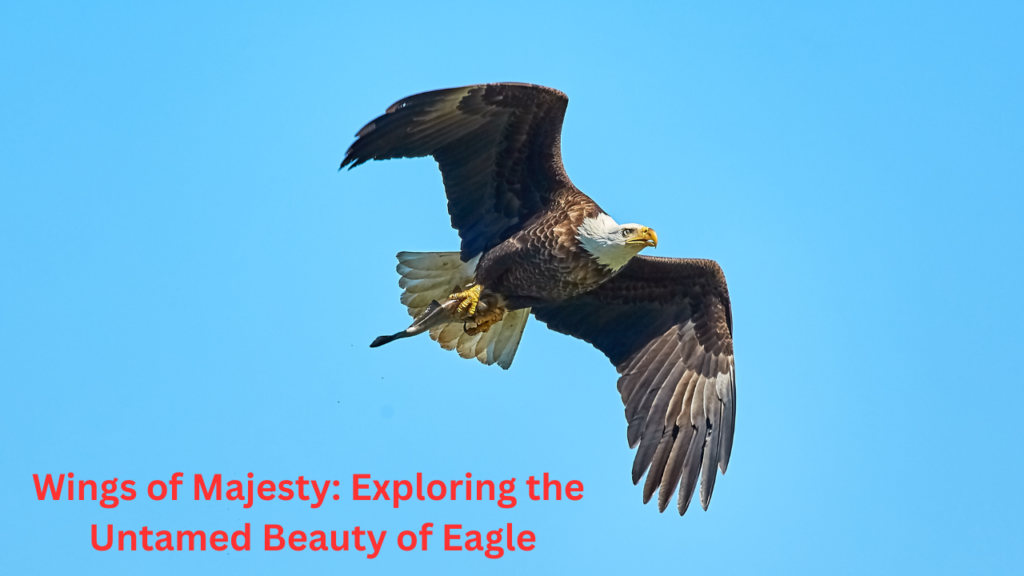
Physical Characteristics:
Eagles are known for their imposing stature and distinct physical features. They typically have large, hooked beaks for tearing meat, strong talons for gripping prey, and keen eyesight that allows them to spot potential meals from incredible distances. Their powerful wings, designed for soaring and swift flight, contribute to their majestic presence in the sky.
Behaviour and Social Structure:
Eagles exhibit complex behaviours that showcase their intelligence and adaptability. They are often solitary hunters, preferring to soar at great heights in search of prey. Courtship displays involve impressive aerial acrobatics and vocalizations. Some species, like the Bald Eagle, form monogamous pairs that mate for life, while others engage in elaborate courtship rituals to attract a mate.
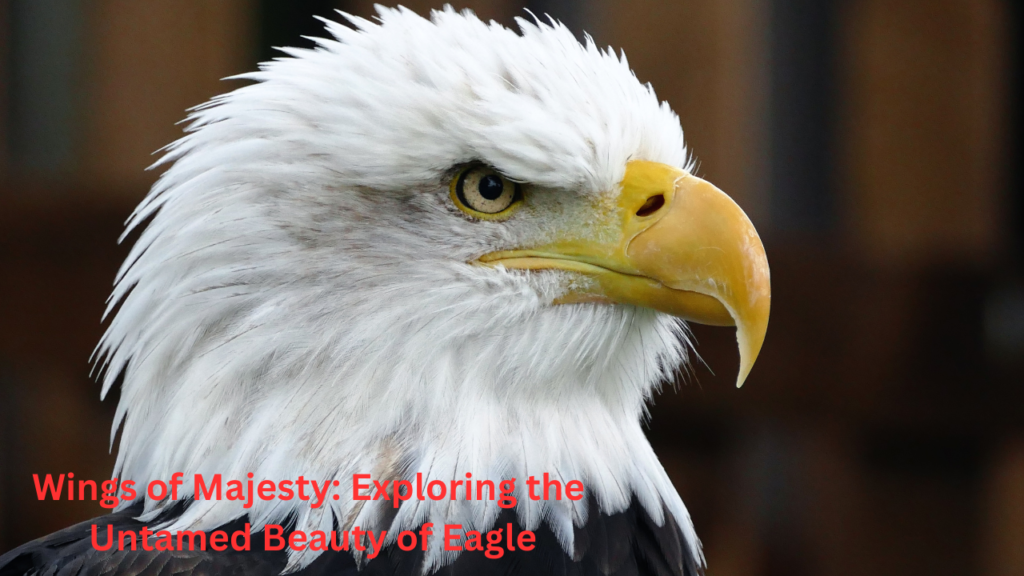
Habitat and Range:
Eagles occupy a diverse range of habitats, from dense forests and open plains to mountainous regions and coastal areas. Their adaptability allows them to thrive in various environments, with some species even venturing into urban landscapes in search of food. Nesting sites, often located high in trees or on cliffs, provide a secure vantage point for hunting and raising their young.
Diet and Hunting Techniques:
Eagles are apex predators with a diet primarily consisting of small to medium-sized mammals, birds, and fish. Their hunting techniques are diverse and can include both aerial and terrestrial pursuits. Some species, like the Bald Eagle, are adept at catching fish from the water’s surface, while others, such as the Golden Eagle, are skilled hunters of land-based prey.

Conservation Status:
While many eagle species thrive, some face significant conservation challenges. Factors such as habitat loss, pollution, and illegal hunting pose threats to their populations. Conservation efforts, including habitat preservation, anti-poaching measures, and public awareness campaigns, play a crucial role in ensuring the survival of these magnificent birds.
Conclusion:
In conclusion, eagles are not merely birds; they are symbols of power, freedom, and the delicate balance of nature. Understanding their diverse species, behaviours, habitats, and conservation needs allows us to appreciate the intricate web of life in which these majestic birds play a vital role. As we strive to protect their habitats and ensure their well-being, we contribute not only to the conservation of eagles but also to the preservation of the planet’s biodiversity as a whole.
